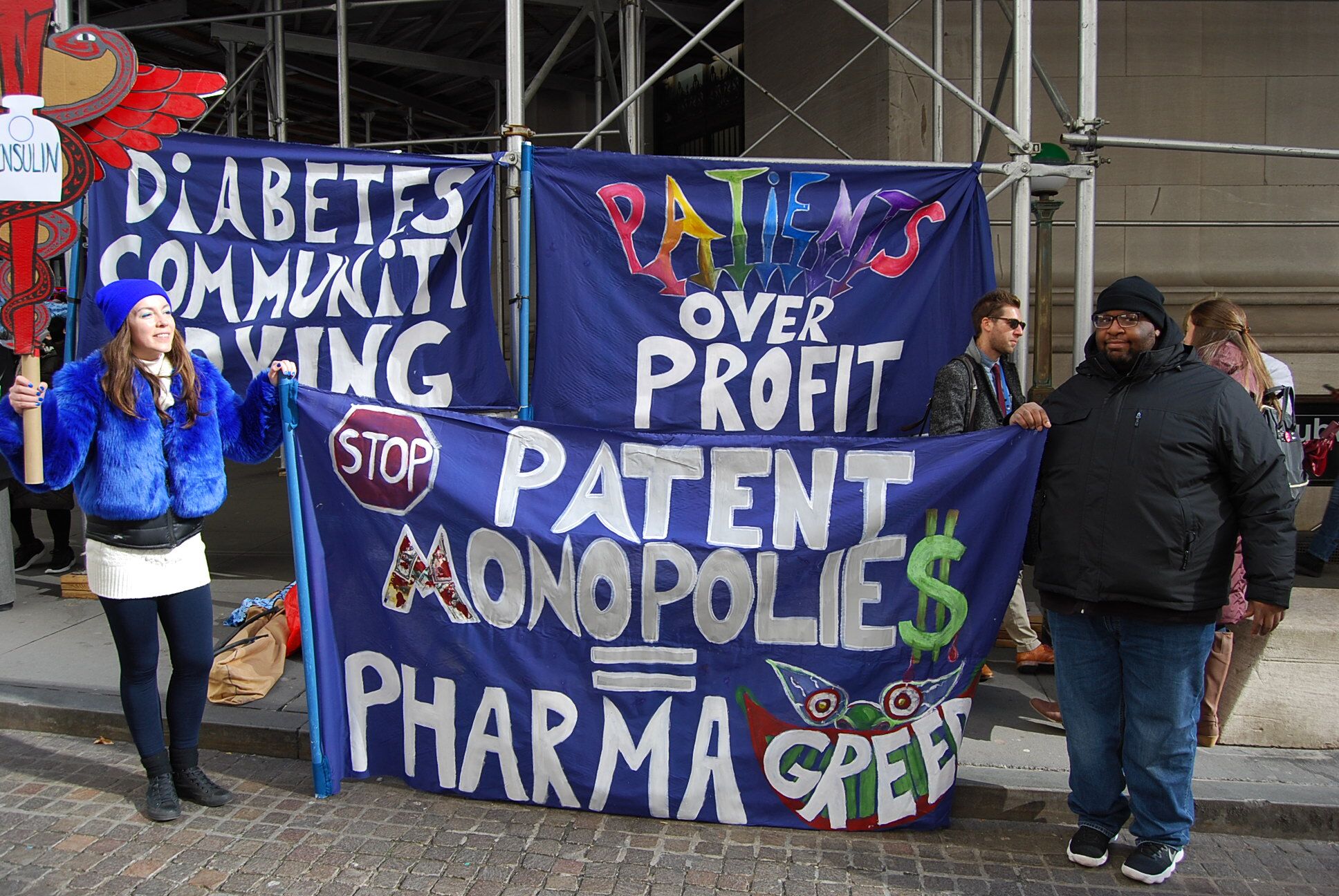This is the first of a series of blog posts reflecting on my experience as a nurse-psychotherapist working with people who live with chronic illness. I’ve been doing this work for many years, and hope my insights will encourage you to reflect on your own experiences dealing with the emotional side of life with chronic illness—and help lessen the sense of isolation that so often accompanies being chronically ill.
We are in it together.
**
Self-management is a buzzword in the world of chronic illness care. The idea is that when you’ve got a chronic illness, it’s important to be in charge of your body—to manage the parts of your illness that are under your control. Self-management entails all the things people are supposed to do to care for their illness: eat a healthy diet, do regular physical activity, manage stress, go to the doctor, take medication, learn about their condition, build a support network, etc. But what happens when those things are difficult to access or out of reach? Or the effects of chronic illness itself make life difficult to “self-manage”?
For example, what if gyms are too costly to join, and outdoor public space is limited or unsafe? How does an individual manage the stress of subways that are overcrowded and delayed, and where they can’t get a seat no matter how ill they feel, when they rely on public transportation to travel to medical appointments? And what about when deductibles and co-pays add up, or doctors won’t accept your insurance, or when the cost of necessary medication is just too high? What if you’re aging out of your parent’s health insurance but don’t yet have a job that provides health insurance?
People with chronic illnesses often come to feel like it’s their fault when they can’t access the things they need to care for themselves—they may blame themselves for not having a job that provides good insurance, not making enough money to afford pricey food or cabs, being too fatigued to do the physical activity that is encouraged, or for being too depressed about being ill to follow-up with doctors, or even to ask for help. And of course, we should do whatever is possible to take care of ourselves and manage chronic illness in the best ways possible. But this kind of self-blame can pile on top of an already painfully deep sense of shame for being ill at all (more about this in another blog post). It can be really debilitating and dispiriting, even if it happens unconsciously. I think this may be one unintended down-side of emphasizing “self-management” in chronic illness: sometimes instead of being empowering, the idea takes hold (for both patients and health care providers) that it’s all just a problem of individual motivation–as if being chronically ill is a moral failing, a problem of character and willpower.
One way to move beyond the sense of self-blame and shame is to connect with others who also struggle with chronic illness. Sometimes that can take the form of support or psychotherapy groups, blogs, on-line chat groups, and other social media. It can also involve patient activism. When chronically ill patients come together collectively to share knowledge and experience, advocate for changes in the health care system or pharmaceutical industry, or demand research, they move outside the dynamic of self-blame and show how their health is impacted by economic, political, social, and cultural forces—not just individual choices.
Like the women’s health movements of the 1960s and ’70s that challenged medical priorities, research and methods that typically universalized (white) men’s health, or the HIV/AIDS activism of the 1980s and ’90s that demanded clinical research into treatment and educated communities about safer sex, for example, patient activism can lead to systemic changes that benefit everyone. Mentally ill patients and families have fought for respect, dignity, and equity in health insurance reimbursement, disabled people have demanded accessibility, parents of children with rare diseases have organized for research funding, and communities (particularly communities of color) poisoned by environmental hazards have mobilized to fight for environmental policies that prioritize community health. Recently, Type 1 diabetics have been organizing for state and federal legislation to make insulin affordable to all, and to cap the exorbitant prices charged by pharmaceutical companies (see the photo of the #nyinsulin4all rally at the NY Stock Exchange on World Diabetes Day 2019 that accompanies this post). Patient organizing creates community connection, gives voice to the knowledge and experience of people impacted by chronic illness, contests stigma, and empowers us to make change.
Have you ever banded together with other chronically ill people to speak up for your needs or rights? How did it make you feel to identify yourself with an illness “community”? Next time you are feeling like your illness is overwhelming to “self-manage,” or you are feeling helpless or ashamed for being ill, consider making what U.S. Representative John Lewis has called “good trouble” by connecting with others to organize and educate around chronic illness, disability, and health care access. It may lift your spirits, as you change the world.
We are in it together.
Please note: all patient anecdotes and experiences described in this blog (now or in the future) are composites, and no individual’s story will ever be shared.
For links to advocacy organizations, as well as information about psychotherapy for people with chronic illness, check out my website: www.chronicillnesscounselingnyc.com


